Image copyright©️Scott Cai
[New Sancai Compilation and First Release] The Louvre Palace in Paris, France (Louvre Palace, pictured above) has 500,000 works of art, which is itself a work of art. Originally built in 1190 as a fortress, Francis I made it the main residence of the French kings in 1546 until Louis XIV moved to the Palace of Versailles in 1682 until. Almost every monarch in recent centuries has contributed to the expansion of the Louvre. These included Louis XIII and Louis XIV, both avid art collectors, who made major extensions to the building.
In 1793, the National Assembly decided to use the entire building as a museum to preserve and display French masterpieces. More recently, as part of a 1980s renovation, the iconic glass and metal pyramid designed by Chinese-American architect IM Pei became the main entrance to the expanded Louvre. Typically, nearly 38,000 works from the Louvre's collection are on display. These collections are divided into 8 exhibition units: Egyptian antiquities; Near Eastern antiquities; Greek, Roman and other cultural relics; Islamic art; sculpture and decorative arts; paintings; prints and pictures. Every year, millions of tourists travel thousands of miles to see it. The following are ten must-see masterpieces selected by a magazine editor.
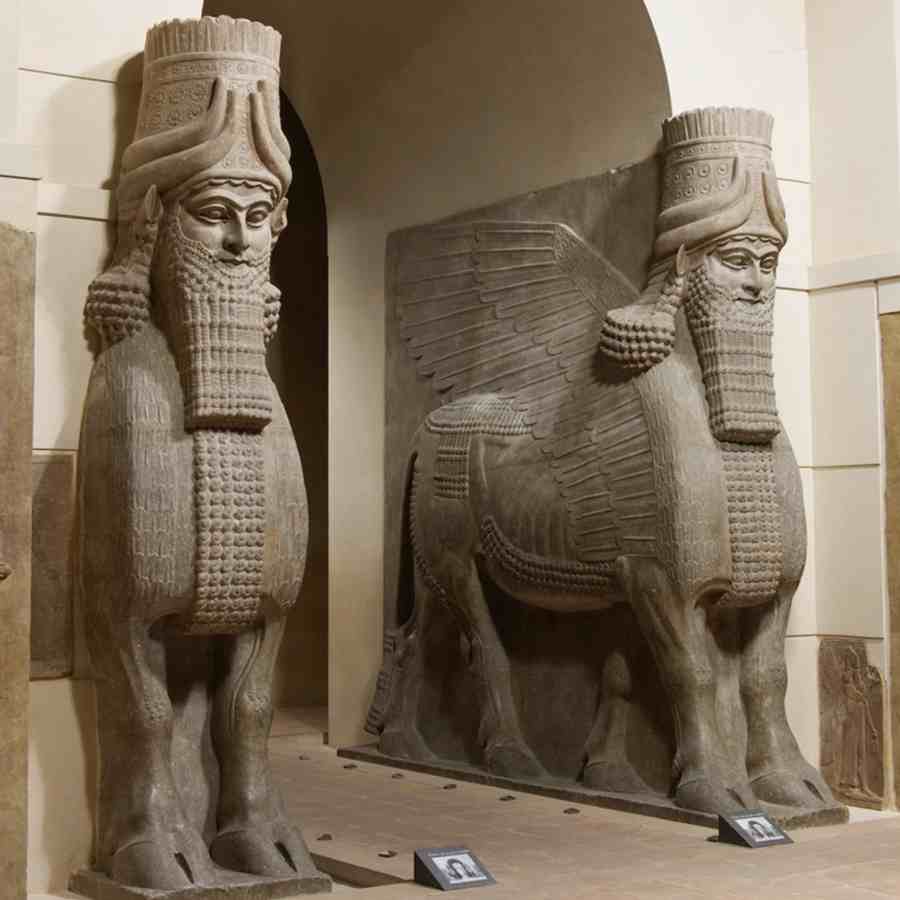
△ "Winged Bulls of Khorsabad" (Winged Bulls of Khorsabad): King Sargon II of the Assyrian Empire (Sargon II) established the capital Dour in what is now northern Iraq around 713 BC Sharukin (Dûr-Sharrukin), intends to build it into the world's largest city. His royal palace is adorned with the almighty "protector" (aladlamû) or "bullman" (lamassu). These giant statues weighing 28 tons have the face of a human, the body of a bull, and the wings of a falcon. However, Sargon II died in battle in 705 BC, and his body was never found. The divine power of the protector was questioned, and some people believed that Sargon II was cursed. His son, King Sennacherib, succeeded him and moved the capital to Nineveh. In 1843, Paul Émile Botta, the French vice-consul in Mosul (formerly Nineveh), discovered the unfinished Korsabad ancient civilization during archaeological excavations. The excavated antiquities, including the bull, were transported to the Louvre. On May 1, 1847, the first Assyrian museum in history was born in the Louvre.
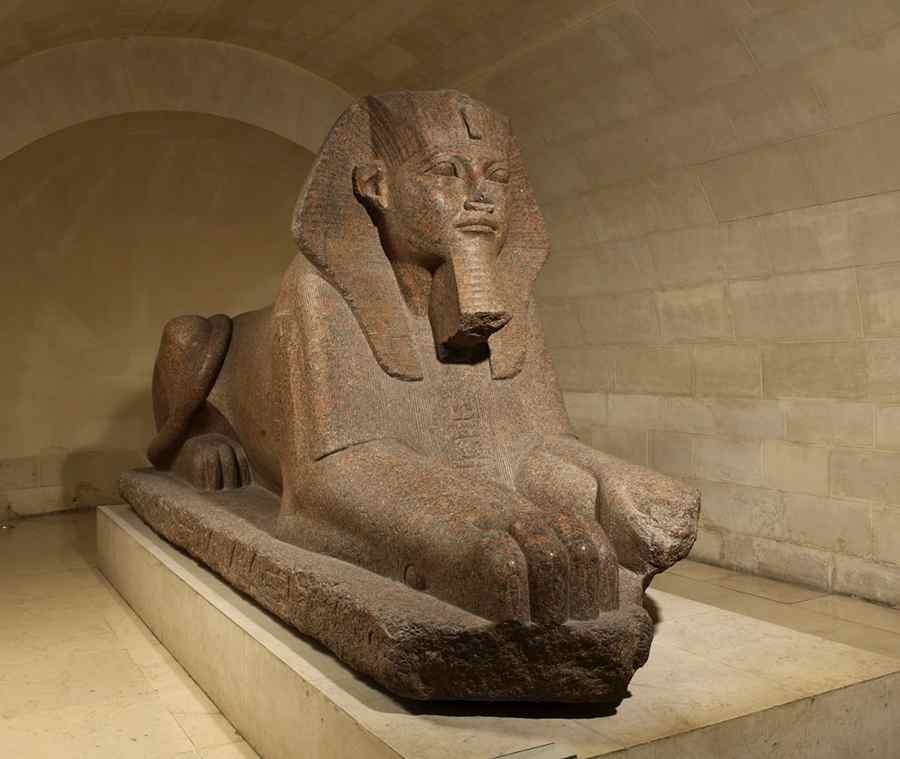
△ "The Great Sphinx of Tanis" (The Great Sphinx of Tanis): This colossus is more than 15 feet high. It is a granite statue that can be traced back to the 26th century BC. It is the largest extant Sphinx outside of Egypt. portrait. It was found at the site of the Temple of Amun-Ra at Tanis, the capital of the country's 21st and 23rd dynasties, and was created much earlier, perhaps as early as the 4th Dynasty ( about 2,620 BC to 2,500 BC). Its original inscriptions only mention pharaohs Amenemhat II of the 12th Dynasty, Merneptah of the 19th Dynasty and Shoshenq I of the 22nd Dynasty. The Louvre acquired the mythical creature with the face of a man, the body of a lion and the wings of a falcon in 1826 from the treasures of British Egyptologist Henry Salt. Between 1828 and 1848, the Sphinx was on display in the Museum Court (now known as the Court of the Sphinx).
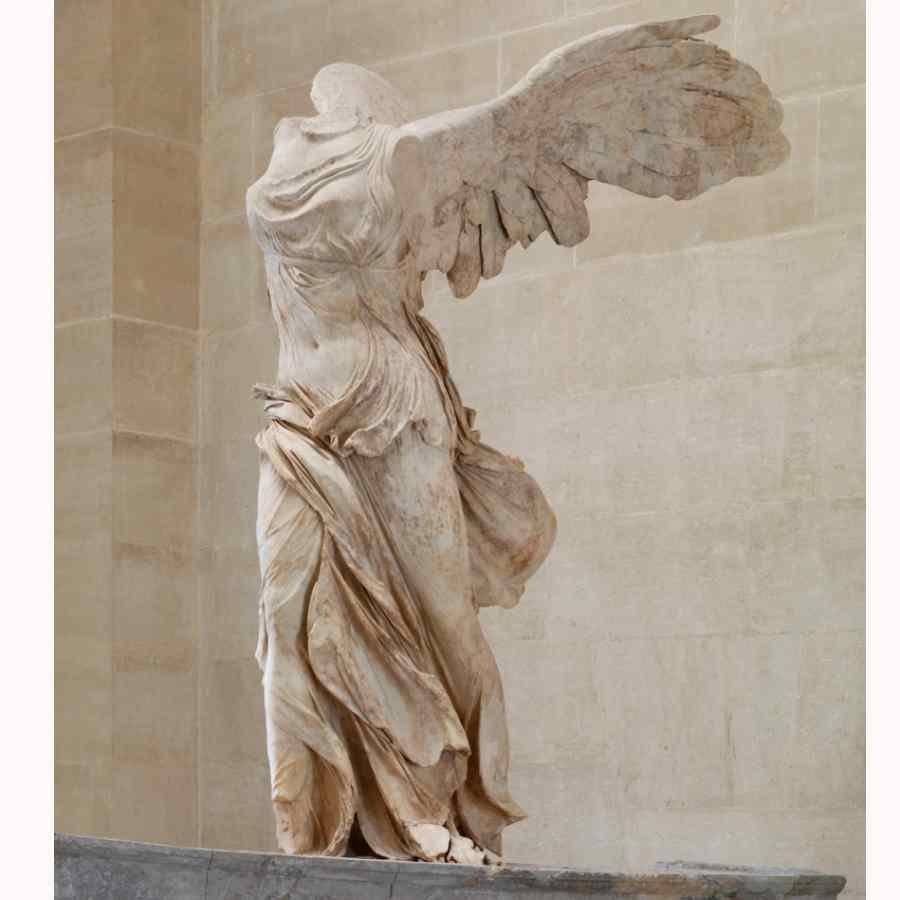
△ "The Winged Victory of Samothrace" (The Winged Victory of Samothrace): The picture above shows the goddess of victory standing gracefully in the center of the open space "Escalier Daru" (Escalier Daru) inside the Louvre. Named after the Greek island of Samothrace, where it was discovered by French diplomat and archaeologist Charles Champoiseau in 1863, the statue dates back to 190 BC . At that time, it was 110 fragments (not including the head and hands), and it took many years to be pieced back together one after another—half of the ring finger was recovered in 1875, and the other half and the palm were recovered in 1950.
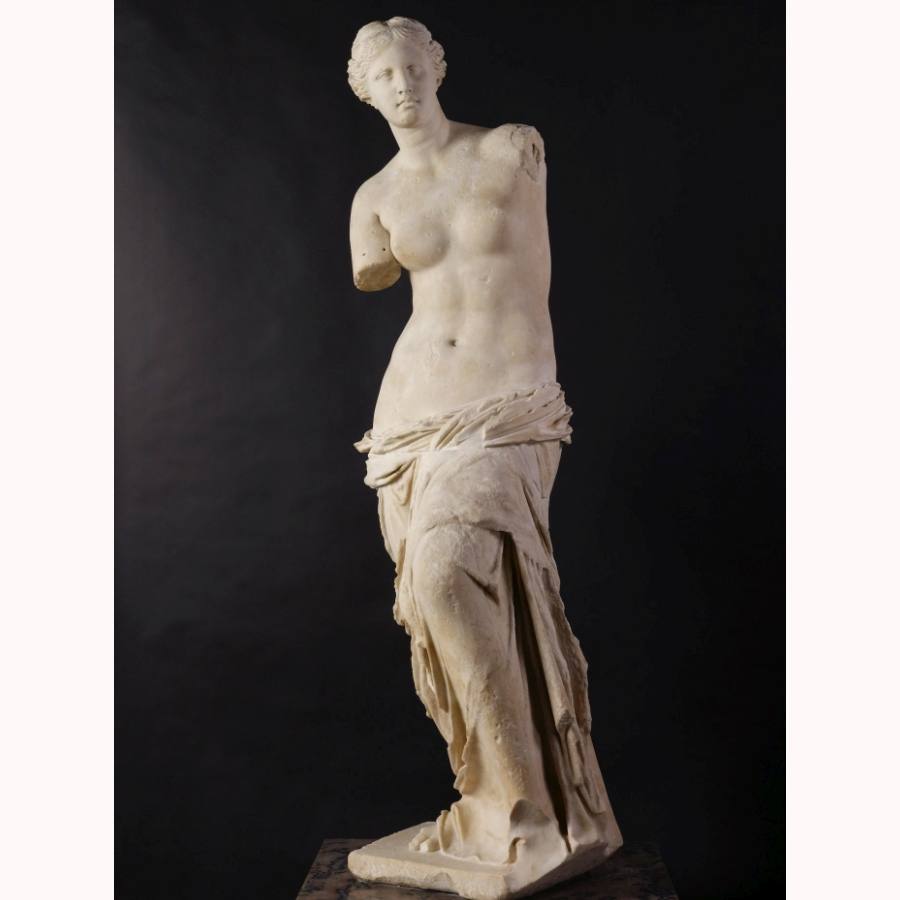
△ "The Venus de Milo" (The Venus de Milo): This marble statue of Venus with a broken arm is named after the island of Melos in the Aegean Sea where it was discovered in 1820. She is listed as one of the Louvre's "Three Ladies" along with Winged Victory and the Mona Lisa. As soon as the statue was discovered, it was bought by the then French ambassador to Greece, the Marquis de Rivière, and donated to the Louvre in 1821. The statue's missing arms make her identity difficult to identify, as Greek gods were often identified by the objects in their hands. She was originally identified as Amphitrite, but it is also said that she holds an apple in her hand, a characteristic of Aphrodite, goddess of love and beauty.
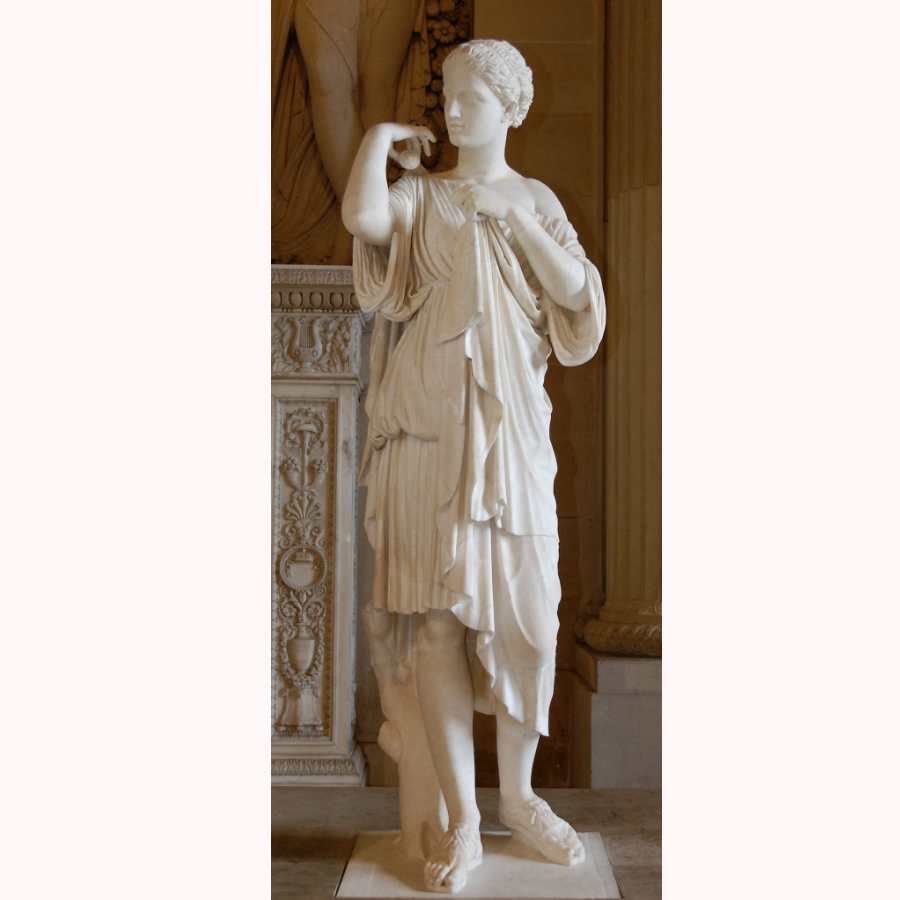
△ "The Diana of Gabii" (The Diana of Gabii): This marble statue captures the simple gesture of a lady pinning her cloak on her body. It was unearthed in Gabii, not far from Rome, in 1792 by the British painter Gavin Hamilton. It has been on display at the Louvre since 1820. The author of this statue is Praxiteles, one of the three most famous sculptors in ancient Greece in the 4th century BC. In the above picture "Diana of Gaby", the large-sleeved jacket shows that this is the Greek god Artemis (Artemis), who is also the guardian goddess of the moon. The features of Praxiteles presented in this statue are similar to those in his sculptures of Aphrodite of Cnidus, Apollo Sauroktonos resemblance. Although this claim has been disputed by many quarters, there is no doubt that it bears a striking resemblance to the style of Laxiteles, perhaps the creation of himself or one of his sons.
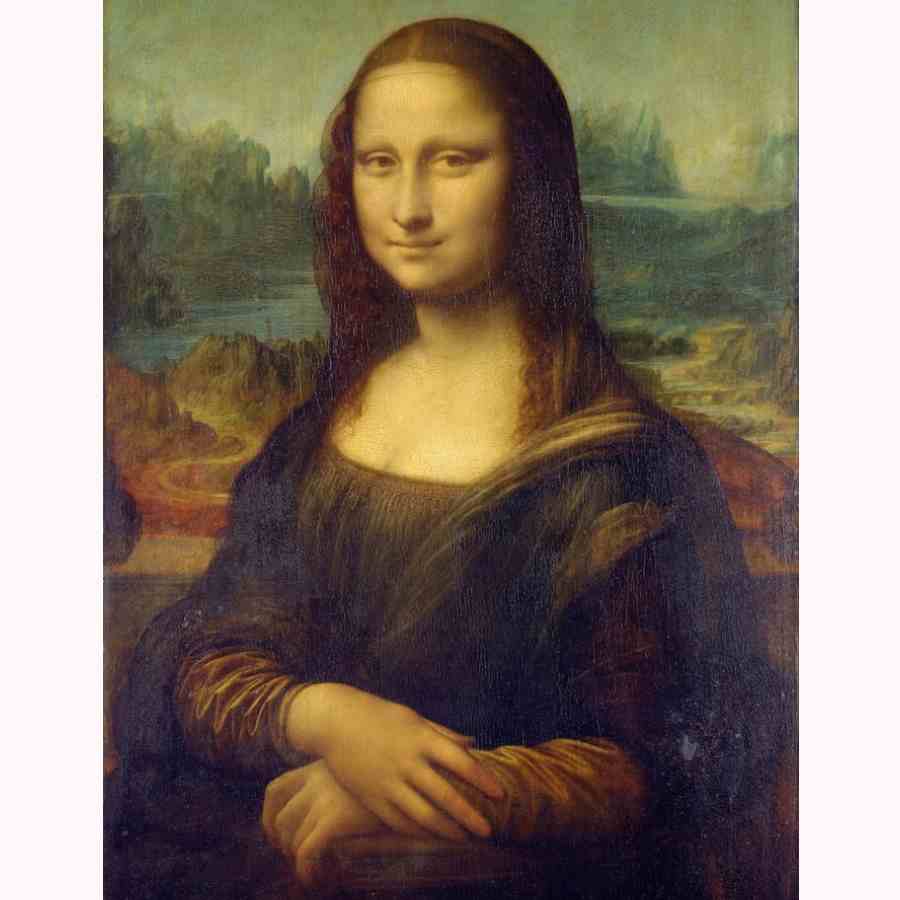
△ "Mona Lisa" (Mona Lisa by Leonardo da Vinci): Does she need an introduction? Her enigmatic smile may be the most photographed smile in the world. Millions of tourists flock to the Louvre every year just to see her. This portrait is believed to be that of the Italian noblewoman Lisa Gherardini, wife of Francesco del Giocondo; therefore her French name is LaJoconde, the surname of her husband after marriage, Also her nickname, which means "happy one". This portrait was started by Leonardo da Vinci (1452-1519) in 1503 or 1506 and completed 2 years before his death. This painting was acquired by King Francis I of France in 1518. It is the only work that undergoes a comprehensive inspection every year in the Restoration Research Center under the Louvre Museum, which shows its preciousness.
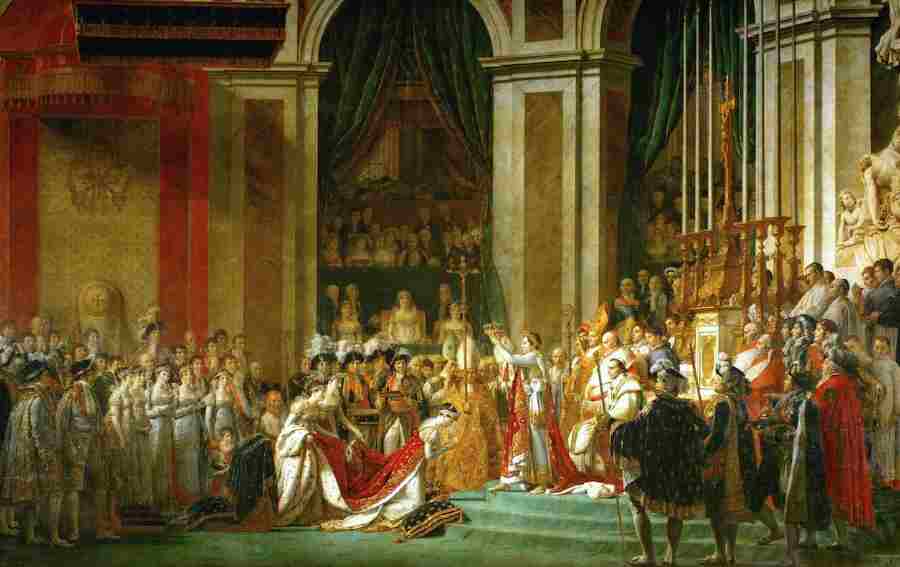
△ "The Coronation of Napoleon, by Jacques-Louis David" (The Coronation of Napoleon, by Jacques-Louis David): This is what Napoleon (Napoléon Bonaparte, 1769 - 1821) looked like when he became emperor. He commissioned this colossal painting (33 x 20 feet) in 1804 and closely supervised its progress. The newly appointed chief painter of the court, Jacques-Louis David (1748-1825), took two years to complete the painting, making some revisions during this time. Napoleon in the painting originally had his hands down, but in the finished work he is holding up the crown that will be worn on the head of Josephine de Beauharnais (1763 - 1814). Although his mother was unable to attend the ceremony, she still appears at the center of the painting. The propaganda painting entered the Royal Collection in 1819, was transferred to the Louvre in 1889, and was replaced by a reproduction in its original exhibition at the Palace of Versailles.
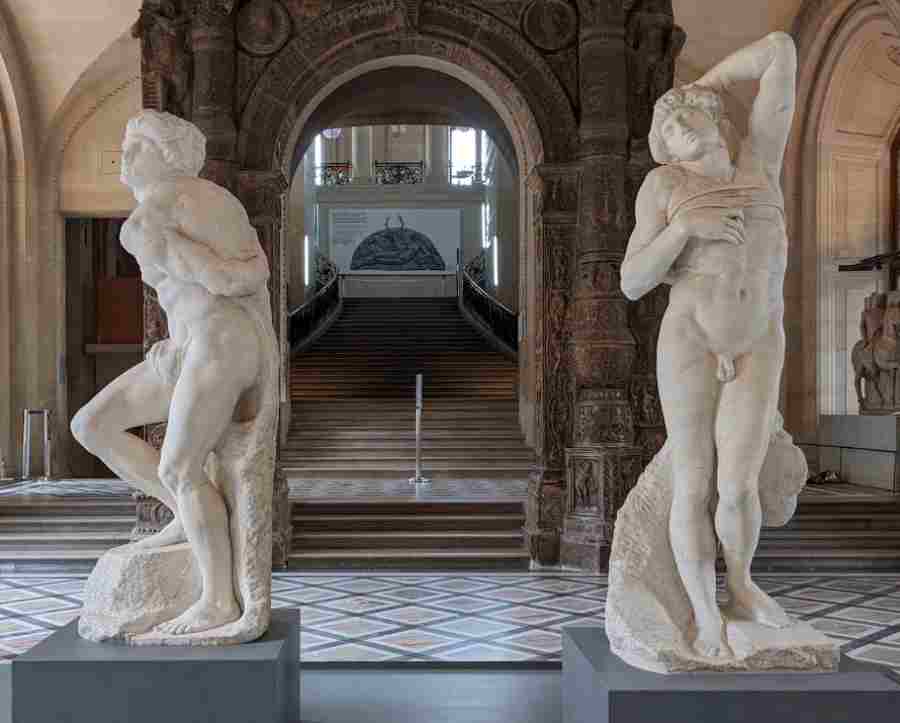
△ "The Slaves" (The Slaves): Michelangelo (1475-1564) was commissioned by Pope Jules II in 1505, and between 1513 and 1515, it was commissioned by him in the The tombs of Saint Peter's Basilica in Rome are carved with Dying Slave and Rebellious Slave. In 1546, they were given to his friend Roberto Strozzi, who in turn gave them to King Francis I. After two centuries of twists and turns, the two works entered the Louvre in 1794. Recently, after a thorough restoration, they have all returned to the Michelangelo Gallery.
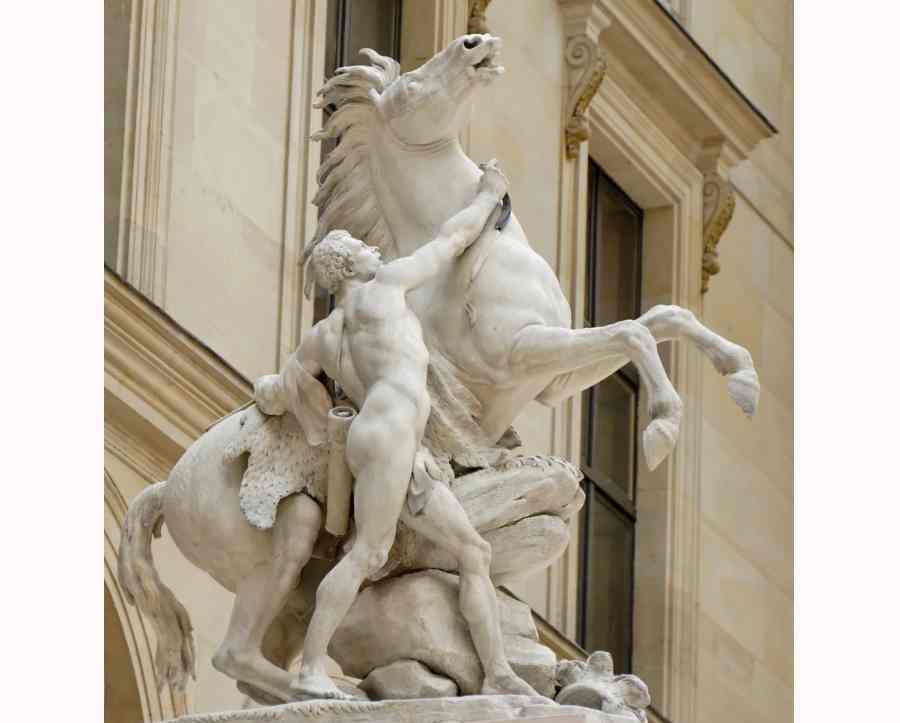
△ The Marly Horses: In 1739, Guillaume Coustou (1677-1746) began to carve Carrara marble (Carrara marble) into two steeds with upturned front feet, both of which were driven by energetic grooms managed. These sculptures were commissioned by Louis XV for the cistern at the entrance of the Château de Marly and later painted by the Impressionist painter Alfred Sisley (1839-1899). In 1784, the horses were transferred to the Place de la Concorde in Paris. Ten years later, it was replaced by a sculptural reproduction by Michel Bourbon, and the original was sent to the Louvre. The nearby Mary Court (Marly Court) is named after it.
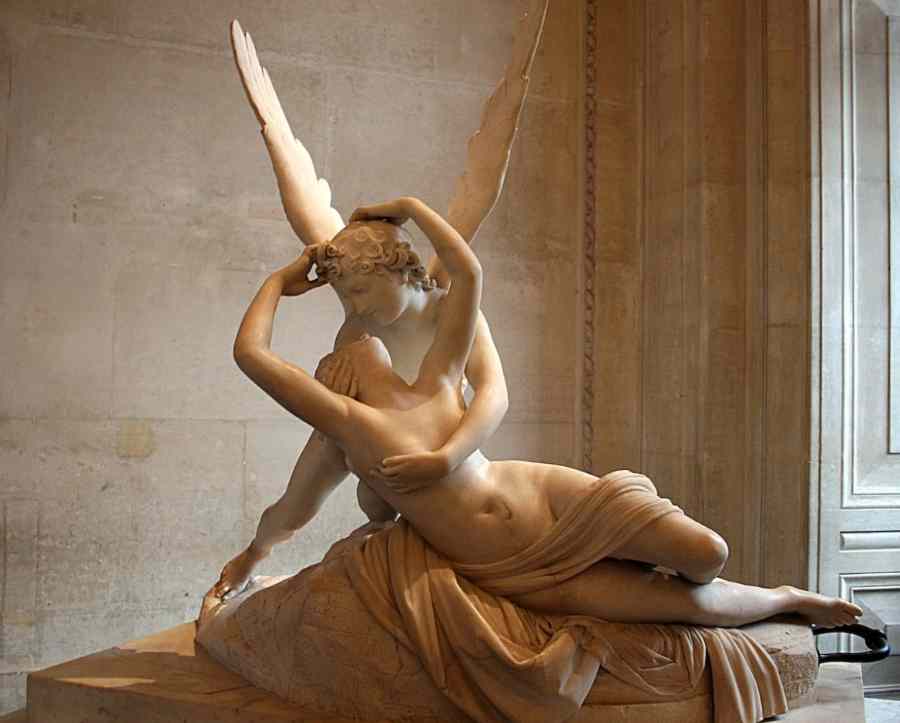
△ Psyche and Cupid (Psyche and Cupid): This is a mythical story about a pair of lovers who are separated, endure harsh tests, and finally reunite. At the end, Psyche is awakened by Cupid's kiss. In 1787, Colonel John Campbell, a Welsh statesman and art collector, commissioned Italian sculptor Antonio Canova (1757-1822) to capture this moment of ecstasy. It was later acquired by Joachim Murat, a French military commander and Napoleon's brother-in-law, and it ended up in the Louvre. The second version was made in 1796 for Prince Nicholas Yussupov of Tsarist Russia and is now in the Hermitage Museum in St. Petersburg, while the plaster model is now Collection of the Metropolitan Museum in New York. The sculpture is considered a masterpiece of neoclassical art, and the emotion conveyed by the reunion of lovers heralds the emergence of Romanticism.
(Author: Sarah Belmont)
(Compilation: Bai Ding)
(Editor in charge: Jiang Qiming)
(Source of the article: New Sancai first release)
